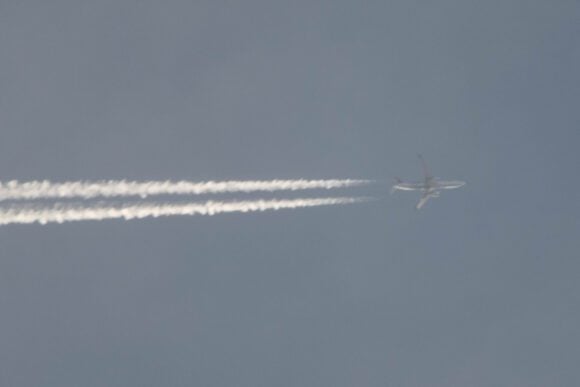
india pakistan
Airlines are often among the first to feel the impact when geopolitical tensions rise. That’s precisely what happened after Pakistan closed its airspace to Indian-registered aircraft in response to New Delhi’s accusation that Islamabad was complicit in one of the deadliest terror attacks in Kashmir in recent years, which claimed the lives of over two dozen tourists. Our story follows a previous report.
The airspace restriction affects major Indian carriers, including Air India, IndiGo, Akasa Air, and SpiceJet, which collectively operate a fleet of over 800 aircraft. These airlines are now unable to overfly Pakistani airspace en route to the Middle East, Europe, or North America when flight paths would typically require access through that corridor or over Afghanistan.
Air India is the Worst Hit
Air India has borne the brunt of the disruption. As the only Indian carrier operating many long-haul widebody flights to the United States and Europe, losing access to Pakistani airspace has forced costly detours. Previously, Air India held a competitive edge over U.S. carriers (only American Airlines flies non-stop to India right now, with Delta and United Airlines having dropped their flights post the Russian challenges) by utilising the shorter trans-Russian route, which is currently off-limits to many Western airlines. That advantage is now eroded.
Many of Air India’s long-haul flights, including those to New York, Chicago, San Francisco, and Newark, now require a technical stop, typically in Vienna, for refuelling. This detour adds approximately five hours to flights that were once a 14-hour non-stop journey.
Middle Eastern Rivals Benefit
The situation has inadvertently benefited Gulf carriers like Emirates, Etihad, and Qatar Airways. With large hubs close to India and continued access to Pakistani airspace, they can offer similar one-stop, often more comfortable and competitively priced options. While Air India is still amid a $400 million fleet refurbishment, these Middle Eastern airlines are already known for their premium in-flight offerings.
Appeal for Government Support
In response to the financial burden, Air India has approached the Indian government seeking subsidies. According to a Reuters report, the airline estimated that the ongoing airspace ban could cost up to $600 million annually if the restrictions persist.
“Subsidy for affected international flights is a good, verifiable and fair option … the subsidy can be removed when the situation improves,” Air India reportedly stated in a letter to the government. It cited higher fuel costs and additional crew expenses resulting from longer flight durations.
Air India, backed by Tata Group and Singapore Airlines, posted a loss of nearly $500 million in the 2023–24 fiscal year, the latest for which financial results are publicly available.
India Responds in Kind, But Pakistan’s Exposure is Minimal
India has since retaliated by banning Pakistani-registered aircraft from flying over its territory. Pakistan’s aviation sector is relatively small, with a fleet of roughly 50 commercial aircraft, operated mainly by Pakistan International Airlines (PIA). PIA used Indian airspace primarily for its twice-weekly flights to Kuala Lumpur, which had already started rerouting over China before India’s counter-ban, adding nearly five hours to the journey.
Economic Fallout for Pakistan
The financial impact on Pakistan, under pressure from the International Monetary Fund for a bailout this month, remains uncertain. The country earns millions in overflight fees annually, and the loss of access to Indian airlines alone could be substantial.
However, the broader shift by other international carriers is more worrying for Pakistan. In the past few days, several European carriers—including Lufthansa, British Airways, Swiss, Air France, Italy’s ITA Airways, and LOT Polish Airlines—have begun avoiding Pakistani airspace. Flight tracking data indicates these airlines are rerouting over the Arabian Sea before entering Indian airspace via the west coast and proceeding toward destinations such as Delhi.
In a similar flight ban in 2019, following heightened tensions after terrorist attacks in India that led to airstrikes, Pakistan’s then-aviation minister Ghulam Sarwar Khan admitted the country lost approximately $50 million in overflight revenue due to the closure.
Whether losses will be higher this time remains to be seen. Both militaries stay on high alert, and Pakistani officials have warned they expect retaliation at any time.
Views: 543


